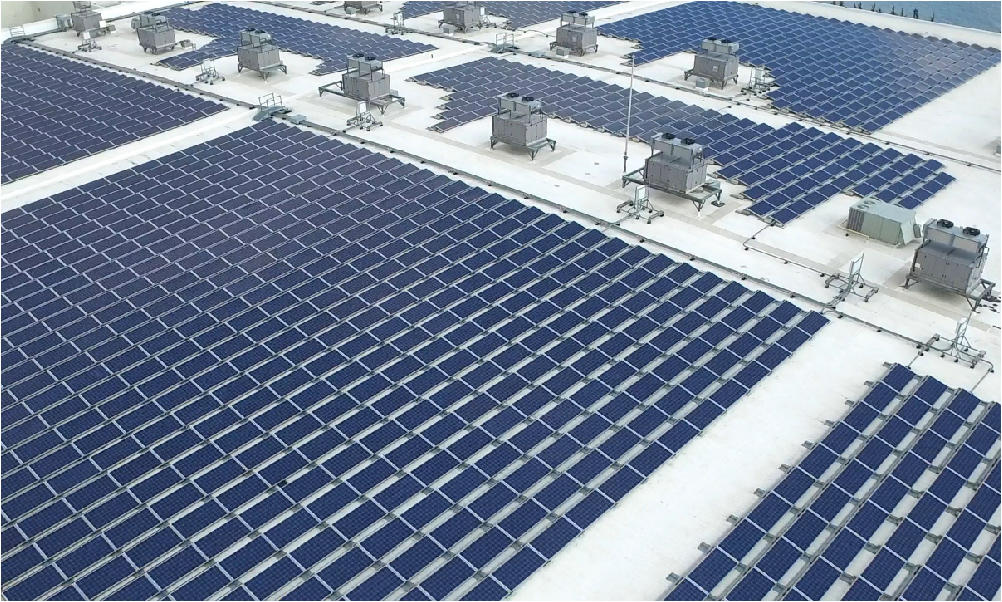174 Power Global
Using Rooftop Solar to Offset Local Law 97

Local Law 97 affects a large majority of real estate in New York City, including 50,000 existing properties. For affected commercial and industrial buildings, solar installations now can help reduce the possibility of future carbon emissions fines.
The Basics of Local Law 97
This law, which is the central part of the Climate Mobilization Act, has been called one of the most ambitious climate legislations for buildings. While most cities deal with large amounts of carbon emissions from vehicles, in New York City 70% of greenhouse gas (GHG) come from the buildings. Although this law may be ambitious to some, it does follow a string of environmental laws over the years.
In this newest push for a more sustainable city, Local Law 97 sets limits for GHG emissions in buildings over 25,000 sq. ft. The law was signed by Mayor de Blasio in April of this year, and gives buildings until 2024 to reduce their emissions before they begin to receive fines for exceeding the set limits.
Who is Subject to Local Law 97
This new law blankets most buildings that require annual energy and water use reporting, with some exceptions for certain housing types, etc. Depending on your size and type of building, carbon emission limits can also vary. Overall though, most buildings will need to make changes to comply with the new limits and avoid being fined.
Suggested changes have ranged from updating building temperatures to upgrading the heating & cooling systems. Although it can feel like a lot of upfront costs to comply, in the long term many of these changes will reduce future operation costs. In addition, bringing buildings up to a new energy standard can add property value and increase a company’s image.
Offsetting GHG Emissions with Solar
Beyond costly upgrades or replacements to building structures and equipment, many large buildings in New York have started to offset GHG emissions with rooftop solar systems. Not only can these systems help offset emissions, they also contribute to energy savings. In many cases solar panels create a new revenue stream by allowing the building to sell solar power back to the grid.
The Victory Foodservice distribution facility is one such building. Utilizing what is typically empty roof space, Victory Foodservice was able to install a rooftop solar system that produces 400,000 kWh of energy, offsetting 312 tons of CO2 each year. To give a comparison, this is almost as much energy as 40 homes use for that same time. In addition to the carbon offset, using solar panels also decreases their annual electricity costs by $65,000.
The Victory Foodservice solar project was completed by OnForce Solar, New York’s leading developer for commercial and industrial solar projects. OnForce Solar has more than ten years of experience developing and installing projects in NYC and has global support from a bankable, Fortune 500 company. OnForce Solar has multiple financing options for projects, including options with no upfront costs.
If your building is subject to Local Law 97, and your roof is not currently creating revenue for your business, the first step to upgrade is easy. Find out quickly if your building qualifies for solar rooftop revenue with an energy analysis. Installations can begin with no cost up front, and solar systems are often cash positive from day one.
